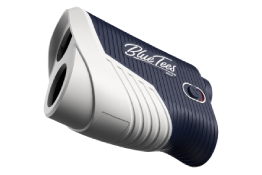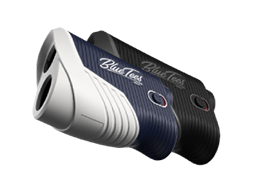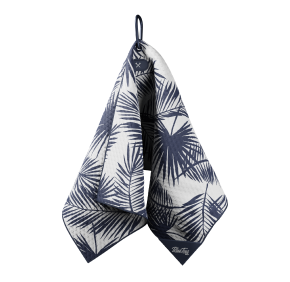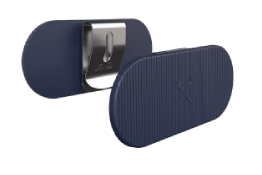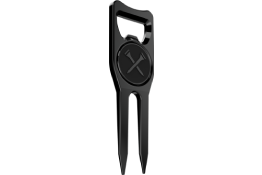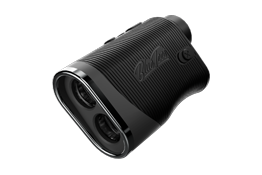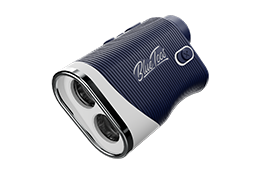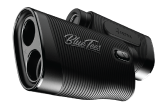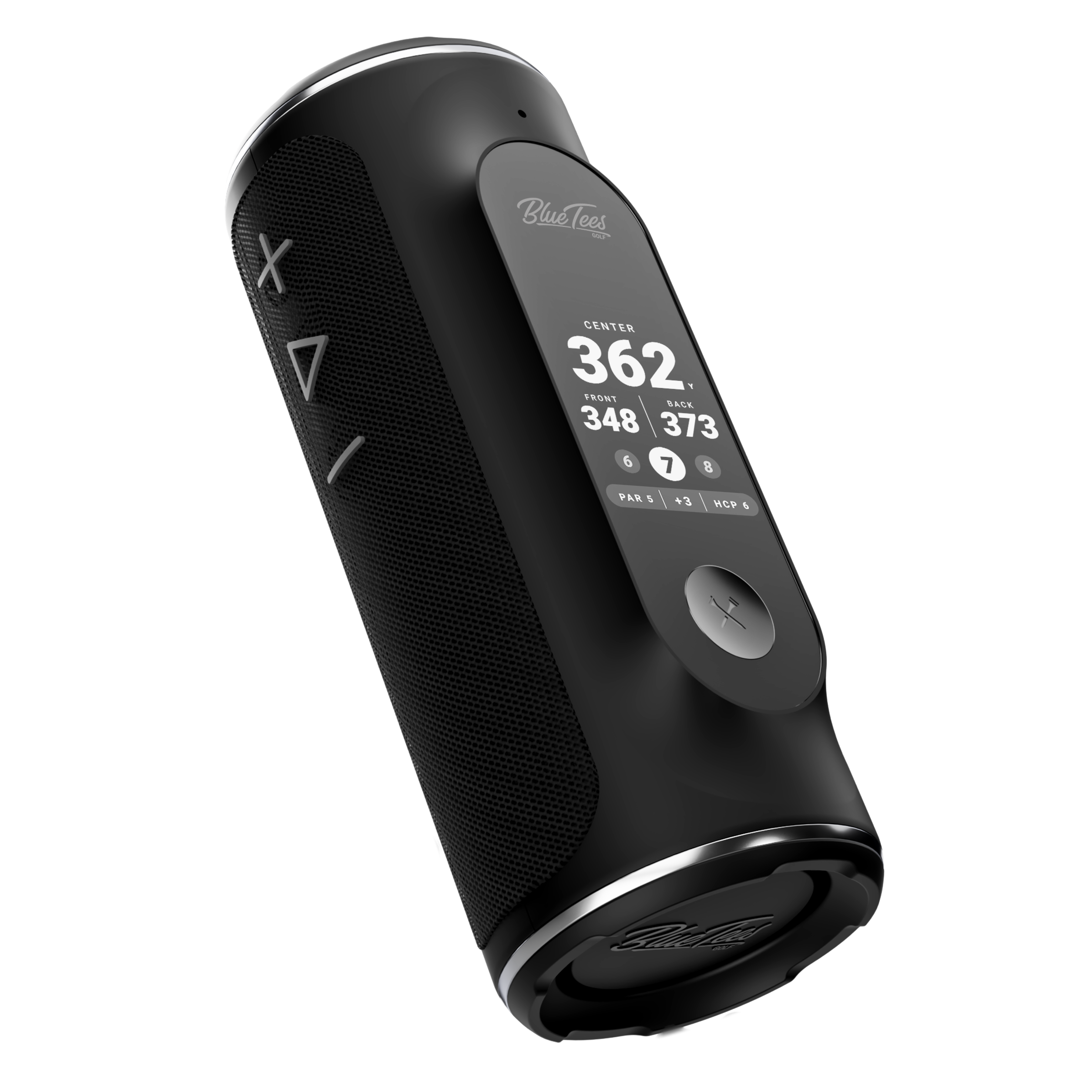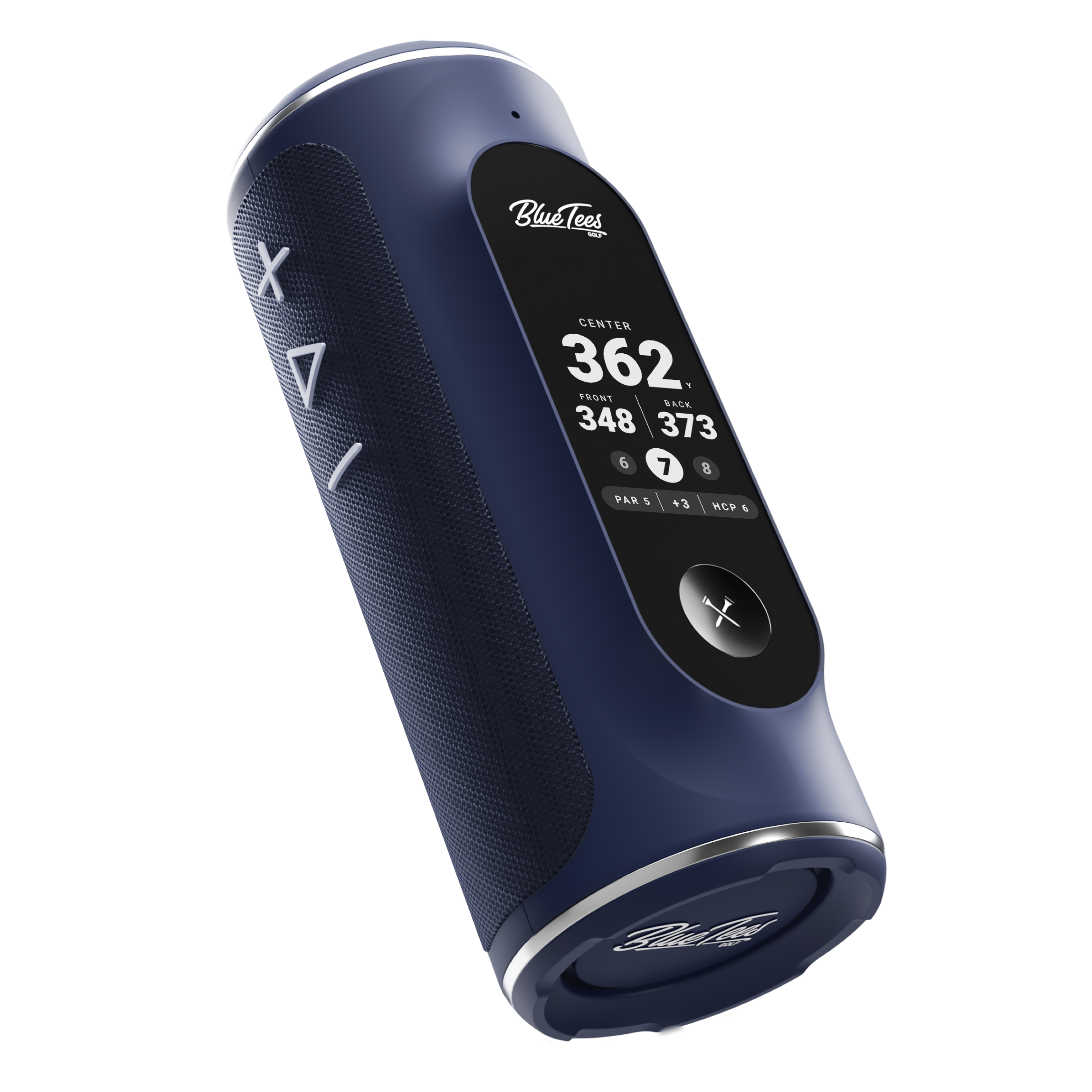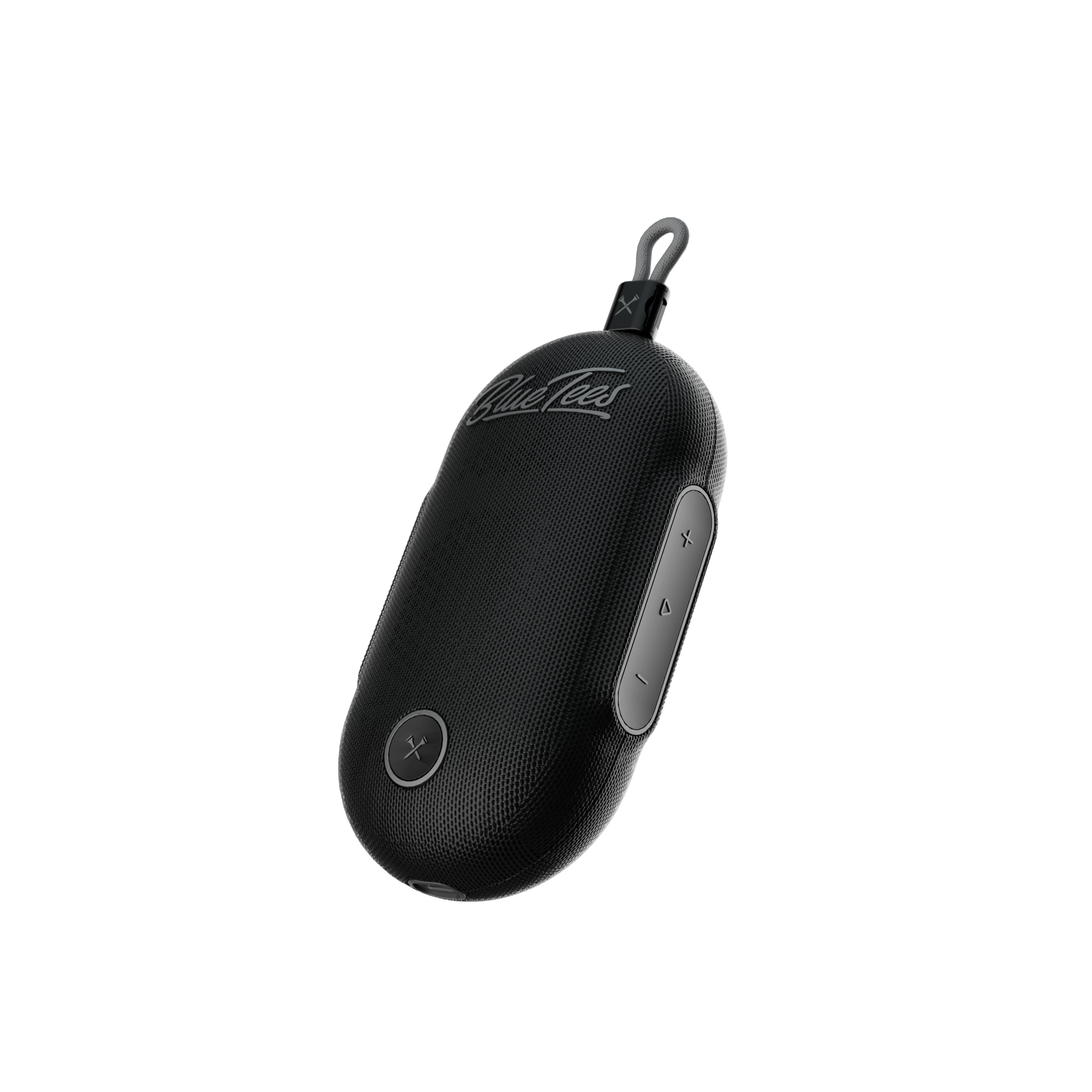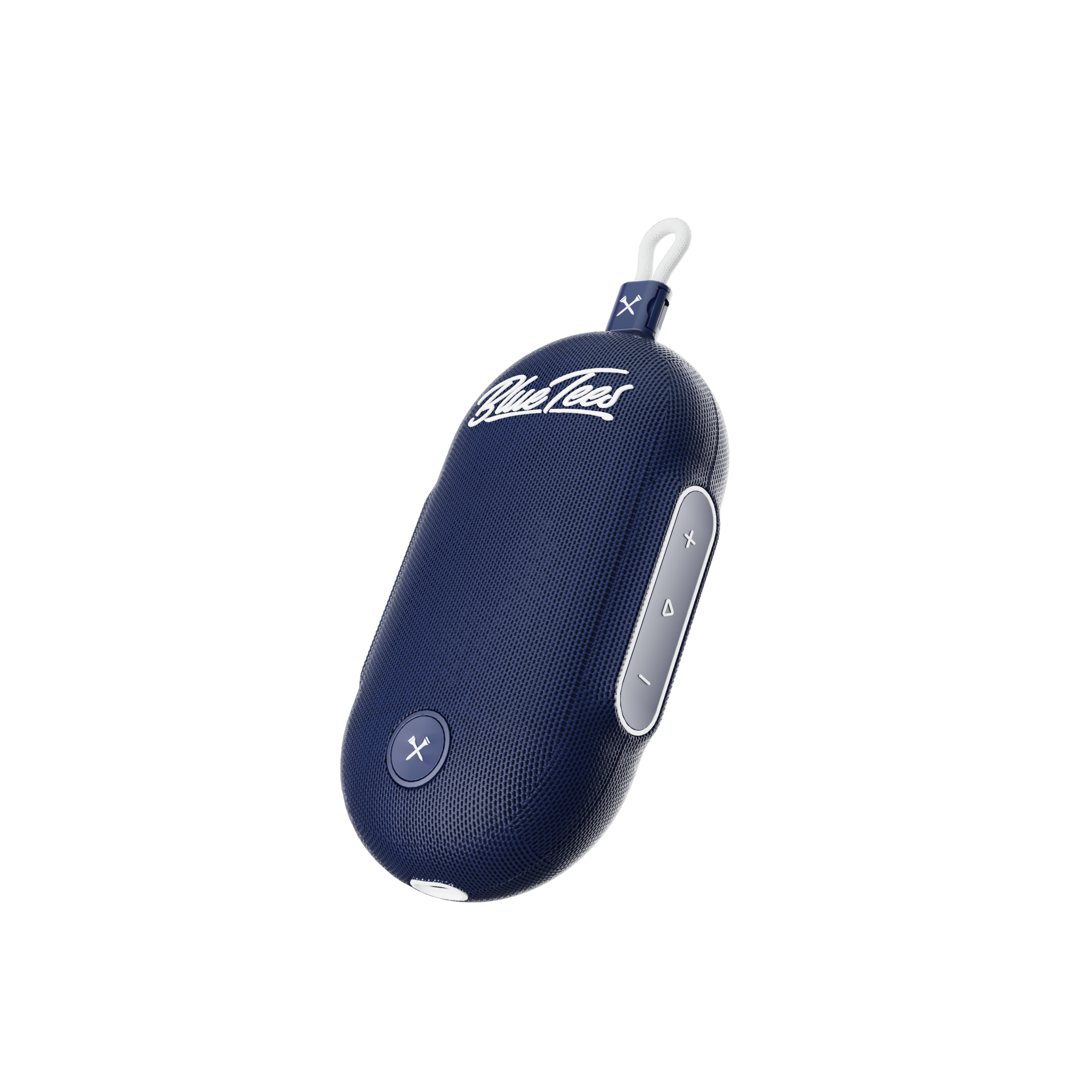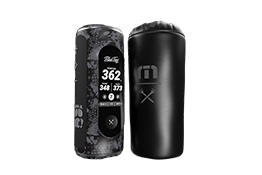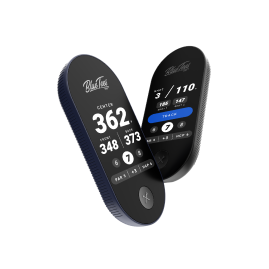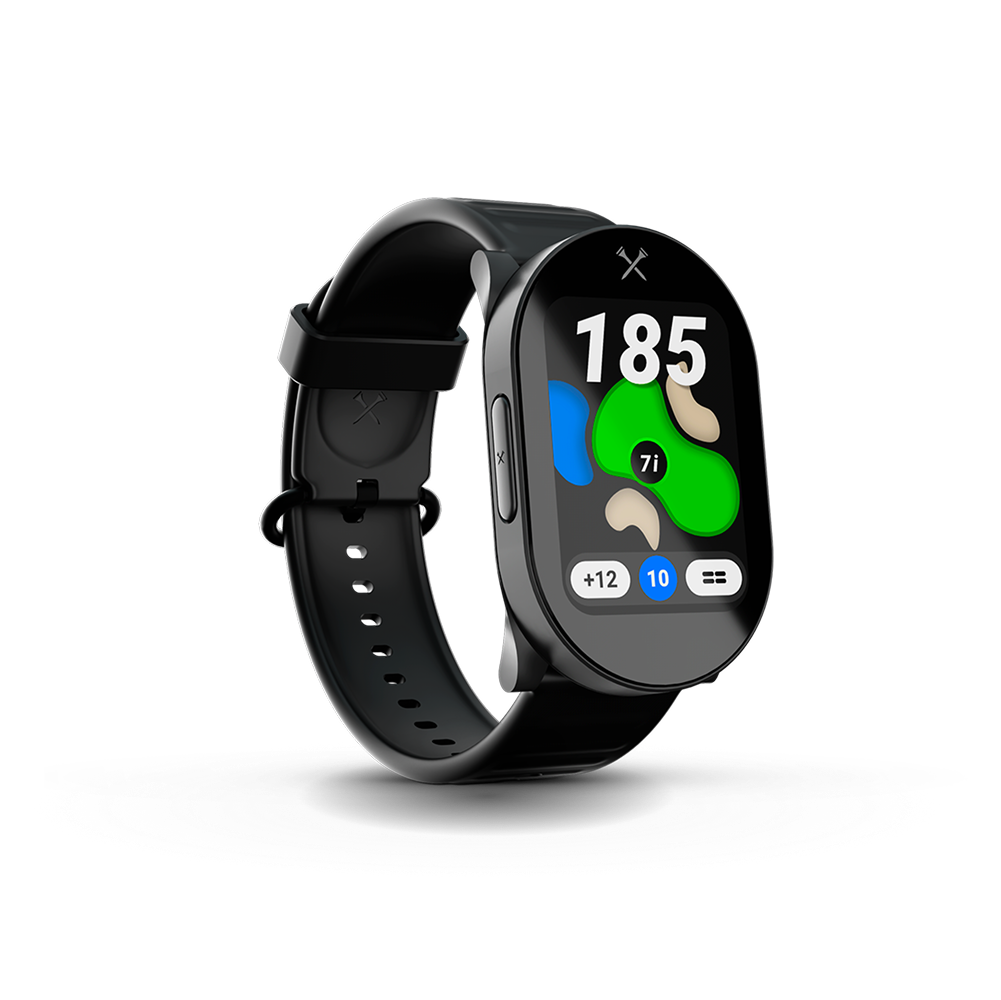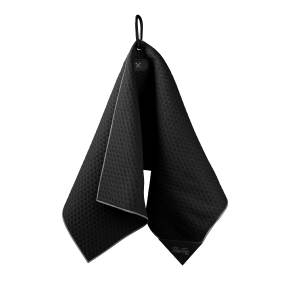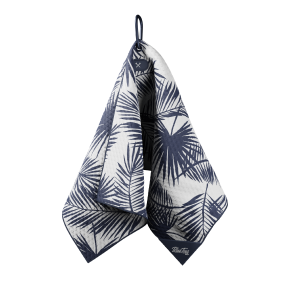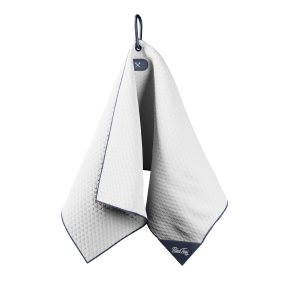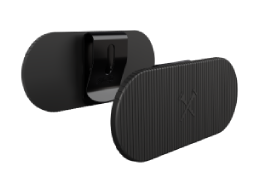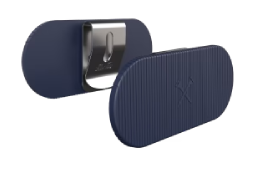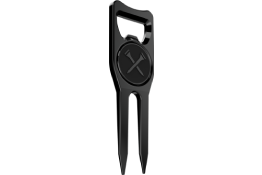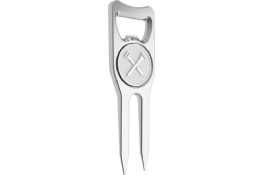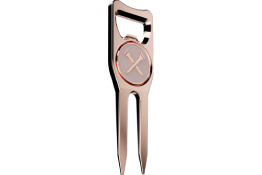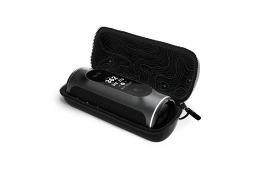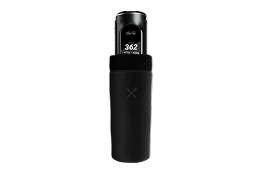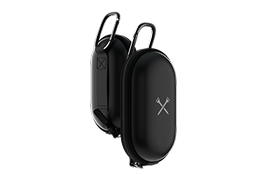HOW DOES A GOLF RANGEFINDER WORK
Using a rangefinder doesn’t take much thought. Walk or ride up to your ball, grab your laser, shoot the flag and hit.
Little do most people know how much technology is actually packed in to a rangefinder.
First, Blue Tees makes what are called ‘Laser Rangefinders.’ There are a few other produced in the market, including GPS rangefinders, but that’s a whole other thing. Laser rangefinders send out a laser (no kidding) to the target to calculate distance. GPS rangefinders, on the other hand, calculate distance by tracking your location. They have numerous courses pre-downloaded into their software, and then they grab a distance by determining where you are on the course and what hole you’re playing.
Pretty simple.
There are a few advantages to having a laser rangefinder compared to a GPS device, but the main one being the ability to find a distance to whatever you want. Sure, a GPS rangefinder will give the numbers to the front, middle or back of the green. However, you more than likely can’t find a number to a hazard with a GPS device. Or a fairway runout. Or, and most importantly, the precise distance to the hole itself with an elevation adjusted number.
Having slope adjustments when playing a round of golf is crucial. If you don’t have that, you could hit a perfect shot, but come up 10 yards short. Or go 10 yards long. All because you hit the shot with the wrong number.
Lucky for you, our Series 3 Max can do everything. Its 900 yard range keeps up with every big name brand in the market, and also has Slope Switch Technology. SST provides the player an option to turn on slope adjusted readings (meaning it will calculate distance with elevation change in mind), or off if the player is teeing it up in a tournament and needs the device to be event legal.
If you’re looking for a perfect rangefinder, at an affordable price, click here for more information about our Series 3 Max.
PS: It comes in 3 different colors (Navy Blue, Matte Black, and Pink).



